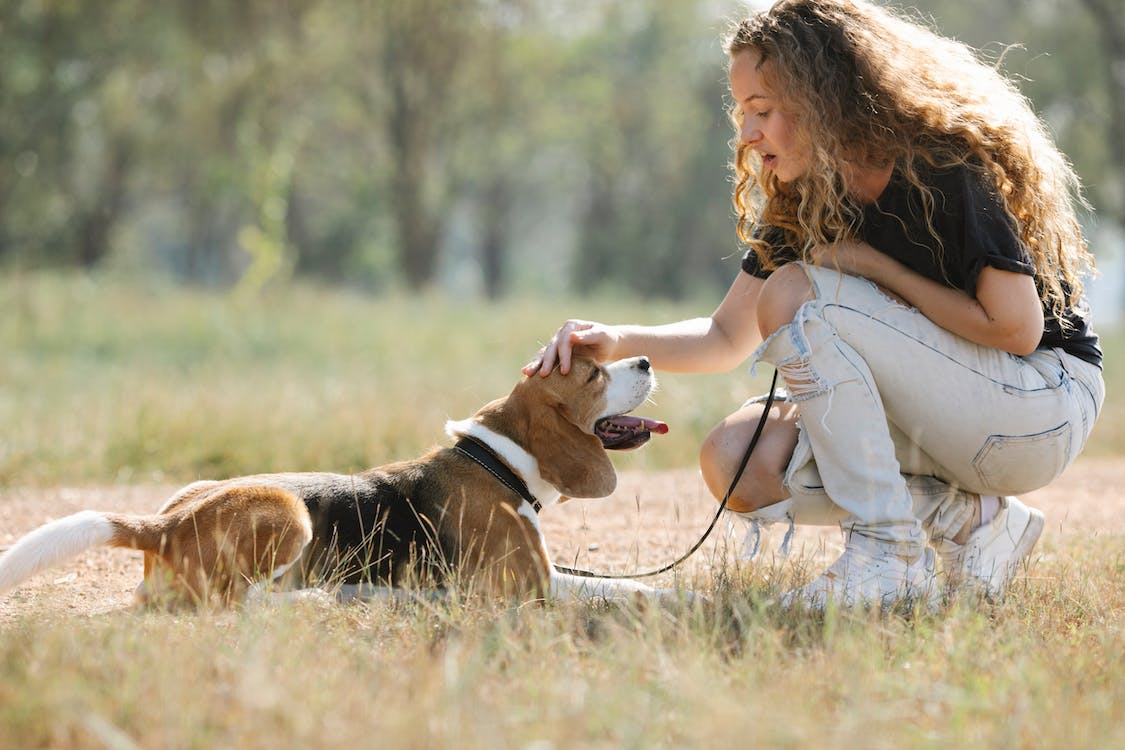Tired of Fido slipping loose from yet another stepped-on collar or injured by excessive leash pressure on standard walking harnesses? Full body dog harnesses promise the ultimate control and escape-proof security some headstrong pups demand, without risk of trachea damage. But do these elaborate contraptions truly outperform more conventional options or just shackle dogs in expensive overkill?
How Full Body Harnesses Work
Think backpack meets climbing gear rig. Full body harnesses fully encircle a dog’s torso – chest, ribs and sometimes hindquarters – in adjustable padded straps with a central leash attachment point distribute force evenly when pulled, lifted or guided. Some feature handles for extra wrangling unruly charges. Prices range widely based on features.
The Pros of Full Body Dog Harnesses
For spirited pullers, dogs prone to slip collars, or powerful breeds that could drag owners if they lunge, full body harnesses offer:
- Great control of dogs that pull excessively
- Added security if dogs tend to back out of other harnesses
- Physical safety if they hit the end of the leash at high speed
- Suitability for lifting dogs over obstacles or into vehicles
These substantial harnesses prevent escape better than flimsier walking versions for challenging dogs with escape artist skills. They also reduce strain on pet parents managing rowdy canines long-term.

The Cons of Full Body Dog Harnesses
However, limitations exist too:
- Price – quality full body harnesses cost significantly more
- Restriction – dogs may resist confined sensation
- Chafing – heaviness rubs some dogs wrong
- Heat – bulky straps trap body warmth
- Hassle – somewhat slow to put on and remove
The complete control benefits also hinder free movement for playful dogs who don’t require strict monitoring, making standard harnesses a better fit instead.
The Best Candidates
Agile athletic breeds prone to lunging after prey, toy breeds fragile if leash-yanked, special needs dogs guided by handlers, and working dogs all benefit from the substantial security these harnesses provide without impeding demanding jobs. They also reassure pet parents of rowdy rovers unlikely to wiggle free.
If simply preventing pulling, choose appropriate collar or leash combinations instead to avoid overusing elaborate body harnesses only when truly needed for safety and directional control. But for the special cases above, the investment brings peace of mind.

Frequently Asked Questions
Do I need professional fitting for a full body harness?
Not necessarily, but consulting trainers ensures proper sizing so straps avoid choking while preventing escapes. The right adjustments maximize control without impeding movement.
Are full body harnesses ever used on aggressive dogs?
Yes, but using them requires special handling to avoid getting bitten during harnessing/removal. They provide more protection keeping aggressive dogs restrained, but don’t rely on them as the sole training solution for reactivity.
What full body harness is easiest to put on my dog?
Choose lightly padded styles with quick snap buckles, adjustable straps and handy handles built into the top. Let your dog sniff and lick treats off the harness during the acclimation phase to associate it with comfort.
For most pet dogs, full body harnesses qualify as overdoing it unless requiring enhanced directional control. But they do serve unique roles securing specific breeds and scenarios safely.



